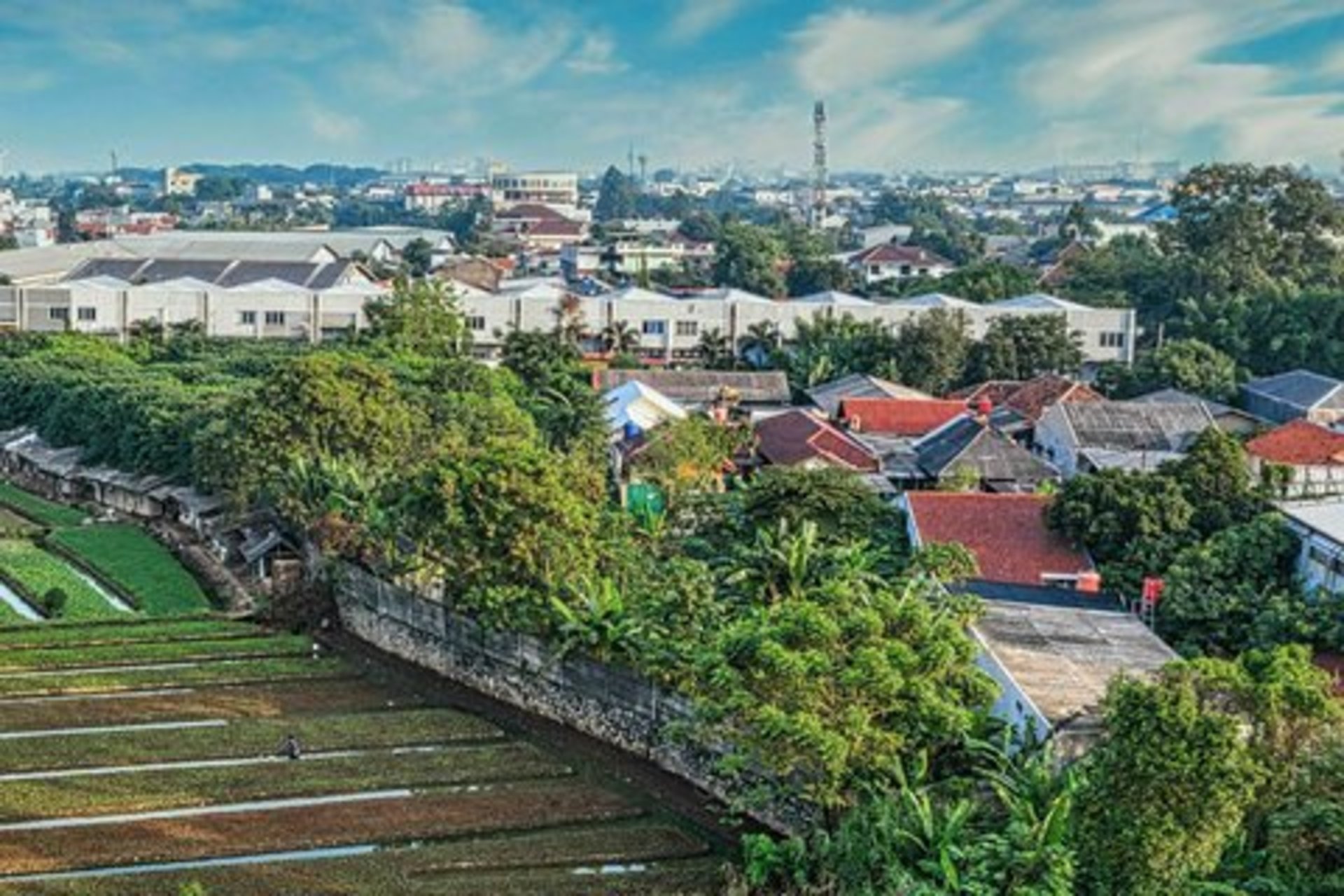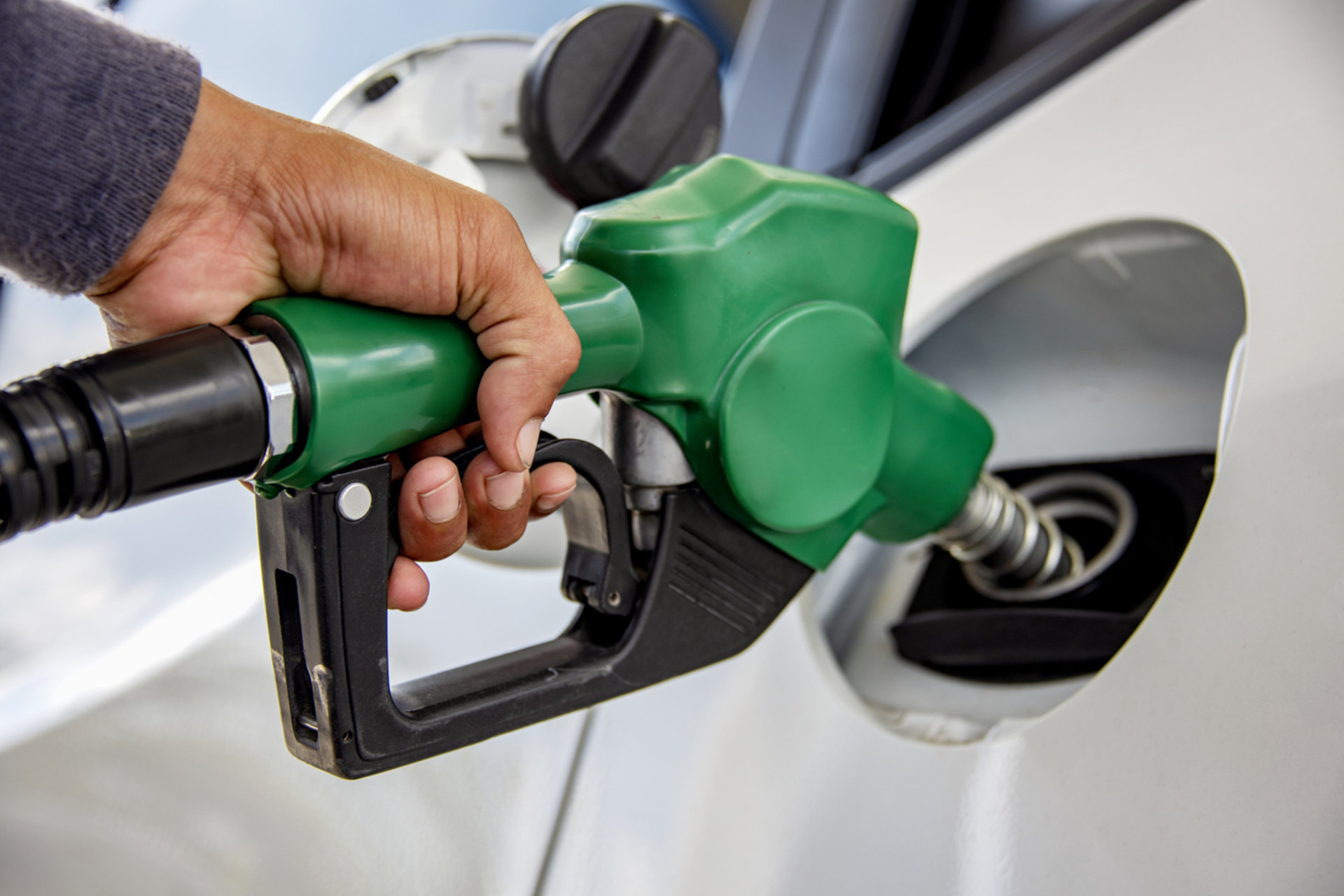Wildfire's Impact on Water Quality
Stanford hydrologist Newsha Ajami, an appointee to California’s regional water quality board, discusses how wildfires affect water quality, and how we can better prepare for and react to the challenges.
A wildfire’s path of destruction is not limited to things that burn – water is at risk too. When fires jump from forests and grasslands to urban areas, they incinerate household and industrial items such as computers and cars, leaving behind a stew of chemicals and heavy metals. Rain can wash this into streams, rivers and municipal water treatment systems unprepared to deal with the toxic deluge. Heavy sediment loads from wildfire-related erosion can also clog water systems and strain treatment requirements.
The challenges aren’t limited to fire-prone regions. Ash and smoke particles can carry harmful chemicals hundreds, if not thousands, of miles. Even the way we fight fires can taint our water, a fact made clear this past April when chemical-laden retardants apparently killed hundreds of fish in Berkeley, California. While the retardants had not been used to fight a wildfire, studies have shown commonly used fire retardants can be lethal to aquatic life.
As an appointee to the San Francisco Regional Water Quality Control Board, Newsha Ajami has worked with local, state and federal agencies to monitor and ensure water quality in areas affected by wildfires. Ajami is director of urban water policy at Stanford’s Water in the West program, and co-leads the Urban Water Systems & Institutions Thrust at Re-Inventing the Nation’s Urban Water Infrastructure (ReNUWIt), a National Science Foundation engineering research center based at Stanford. She discussed wildfire’s threat to water quality with Stanford Report.
What are some of the potentially dangerous ways that wildfire can affect water quality?
When wildfires reach urban areas, they burn houses, cars, restaurants and stores which are all full of electronics, appliances, solar panels, industrial chemicals, batteries, paint and plastic, to name a few. If fire debris is not fully cleaned up, it can be flushed and transported into water bodies by rain. We hope for a rainstorm to help us contain the fire, but that rain can flush fire debris into water bodies. In addition, these fires can burn water infrastructure such as water distribution pipes, potentially cutting off access to clean water.
What are the implications for water-dependent agricultural crops and products?
Unless you cover all your crops and hope for the best, there’s no way to prevent ash and smoke from getting into the soil and impacting its chemical properties. Plants can absorb these pollutants directly through their leaves and roots, potentially affecting their growth or making them unsafe for consumption. In case of high-value crops, these chemicals can change the taste – as can be the case with grapes, for example – and it can impact sales, of course. It’s less of an issue for water-based beverage companies. They purify their water, and most people don’t think about the water source for their beer or other drinks anyway. So, it would probably take a serious PR mistake for wildfire impacts on a water source to affect sales of beer or other beverages. Either way, there’s a lot we don’t know about chemicals that make their way from wildfire debris into crops, so it remains an area of concern that needs to be studied.
What can we do to guard against wildfire impacts on water sources?
Active forest management, especially in the areas at the wildland-urban interface. We can install sediment barriers and take other measures to prepare for wildfire’s effects, but such measures can be expensive and labor intensive. The most important thing is to clean up debris from burned urban areas before they are washed into waterways. You need crews with heavy equipment, time and the funding to do that. It is hard to predict how an intense wildfire would spread since it depends on so many factors. However, we need to incorporate more innovative thinking in our design process and incorporate more nature-based solutions and flexible systems, such as wetlands, open spaces and riparian areas, to slow fire expansion and related water pollution.
What do we need in terms of new policies, guidelines, etc.?
We need to rethink how we do water treatment in light of limited understanding about long-term consequences of exposure to fire-related chemicals in the water system. We need to revisit guidelines on water-related infrastructure in fire-prone areas. We need new guidelines on monitoring strategies after fires in order to track and understand both short-term and long-term cumulative water quality impacts. Also, we need to develop innovative funding and financial models and tools, such as bonds that enable public-private partnerships to address pressing environmental issues, including forest management and urban development in light of climate change and shrinking federal and state funding.
The main focus, however, should be fire prevention. Building cities and communities to be more fire-resilient requires the will of the people and legislators. That’s not there now since these kind of fires are a new phenomenon and we are still trying to wrap our heads around it. So the focus has been mostly on disaster recovery. Also, current funding models make it so that money for prevention and cleanup are accessible only at specific times – not necessarily the most logical or advantageous times, since the more we spend on prevention, the less we need to spend on post-disaster management.
What are some of the important gaps in our understanding about how wildfire affects water?
The water quality impacts of wildfires on the urban-wildland interface are still not fully understood and investigated. This type of fire is a more recent phenomenon mostly exacerbated by climate change and its effect on intensity of extremes. We need more active short-term and long-term monitoring designed for fire-related metals and toxins. We need to investigate how ash and smoke plumes can affect water and soil in other regions beyond the fire zone.
Stanford hydrologist Newsha Ajami, an appointee to California’s regional water quality board, discusses how wildfires affect water quality, and how we can better prepare for and react to the challenges.
Explore More
-
Gabrielle Wong-Parodi and Jim Leape are leading an initiative to launch the planned Sustainable Societies Institute by the end of 2024.
-
Stanford economist Paul Milgrom won a Nobel Prize in part for his role in enabling today’s mobile world. Now he’s tackling a different 21st century challenge: water scarcity.




